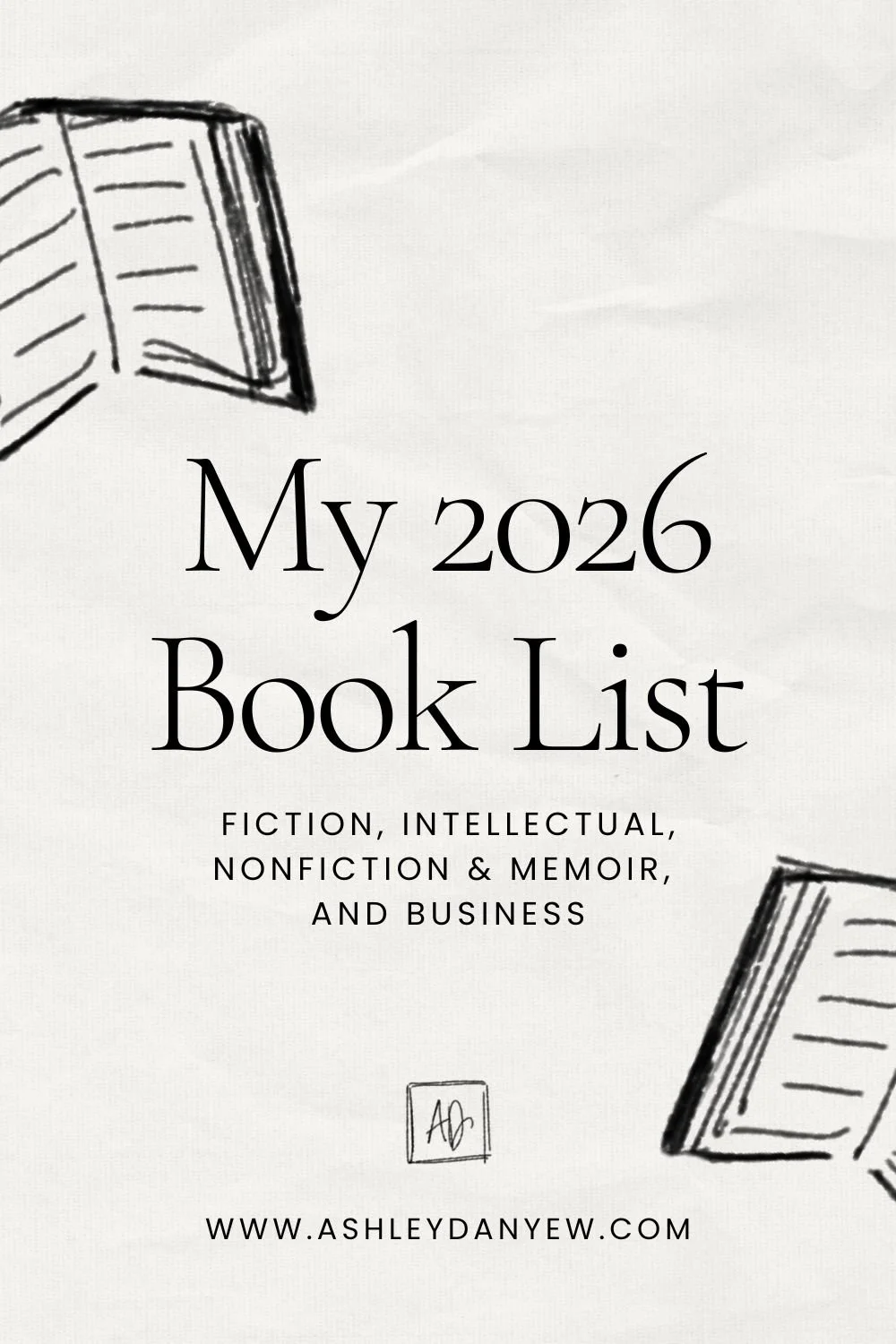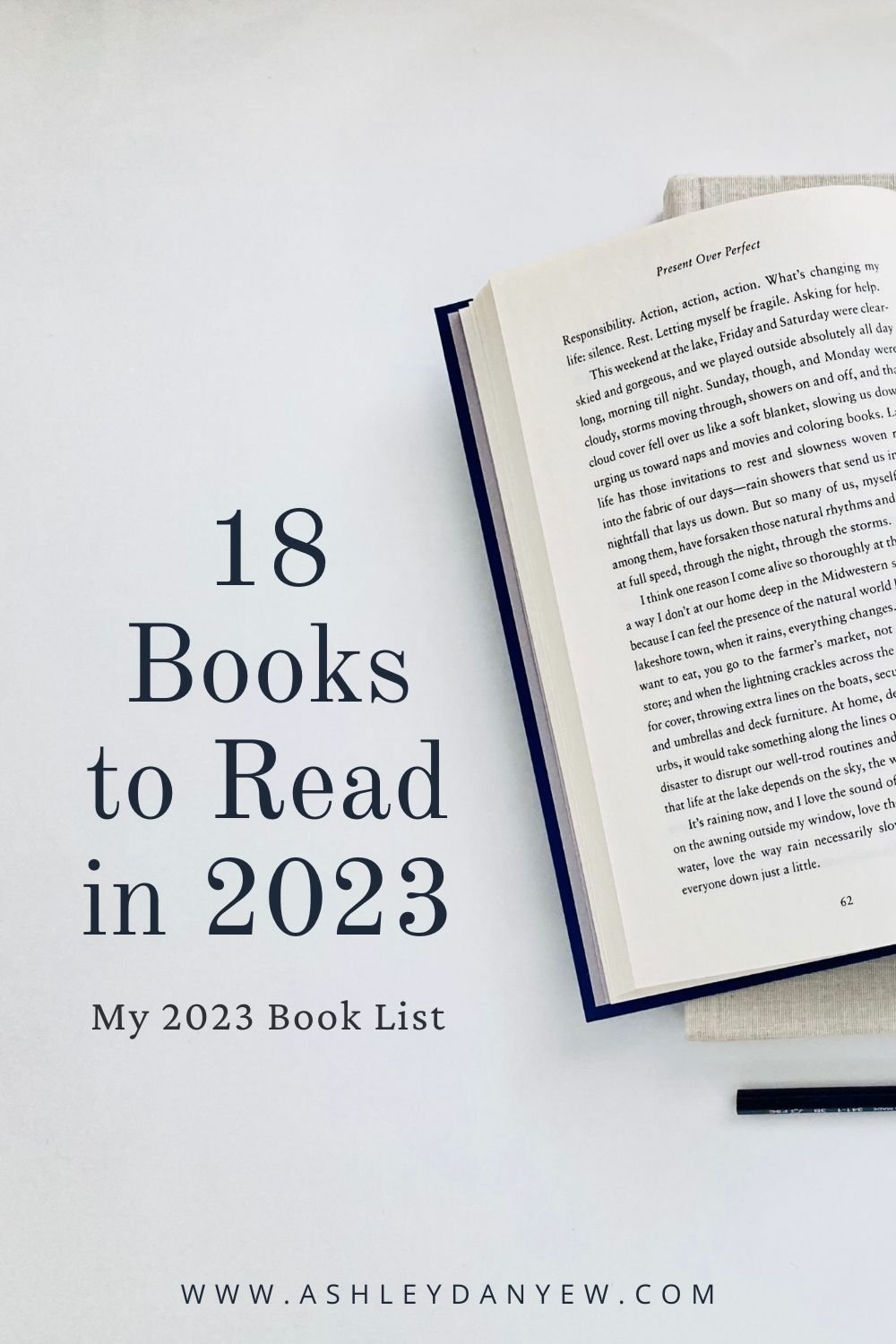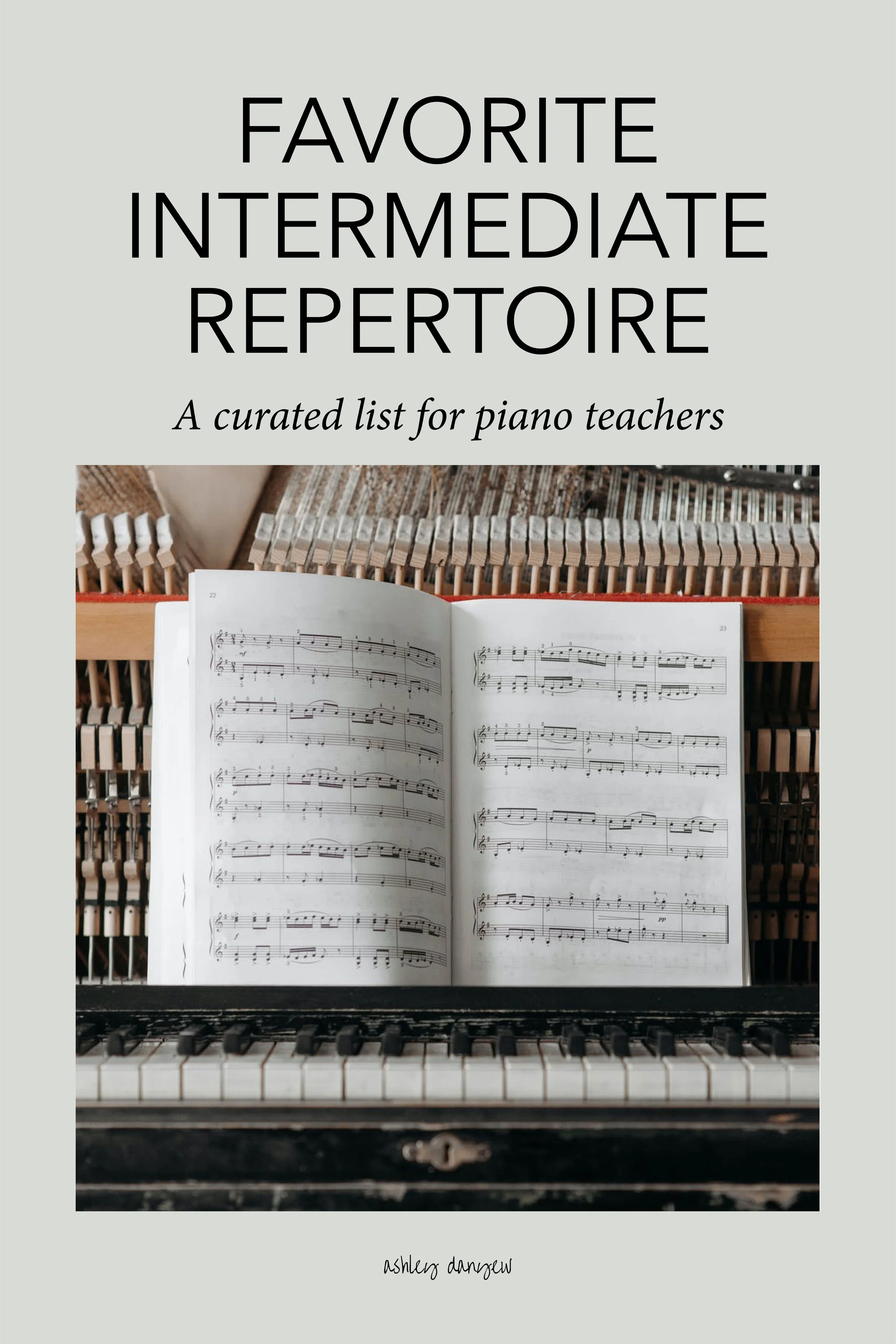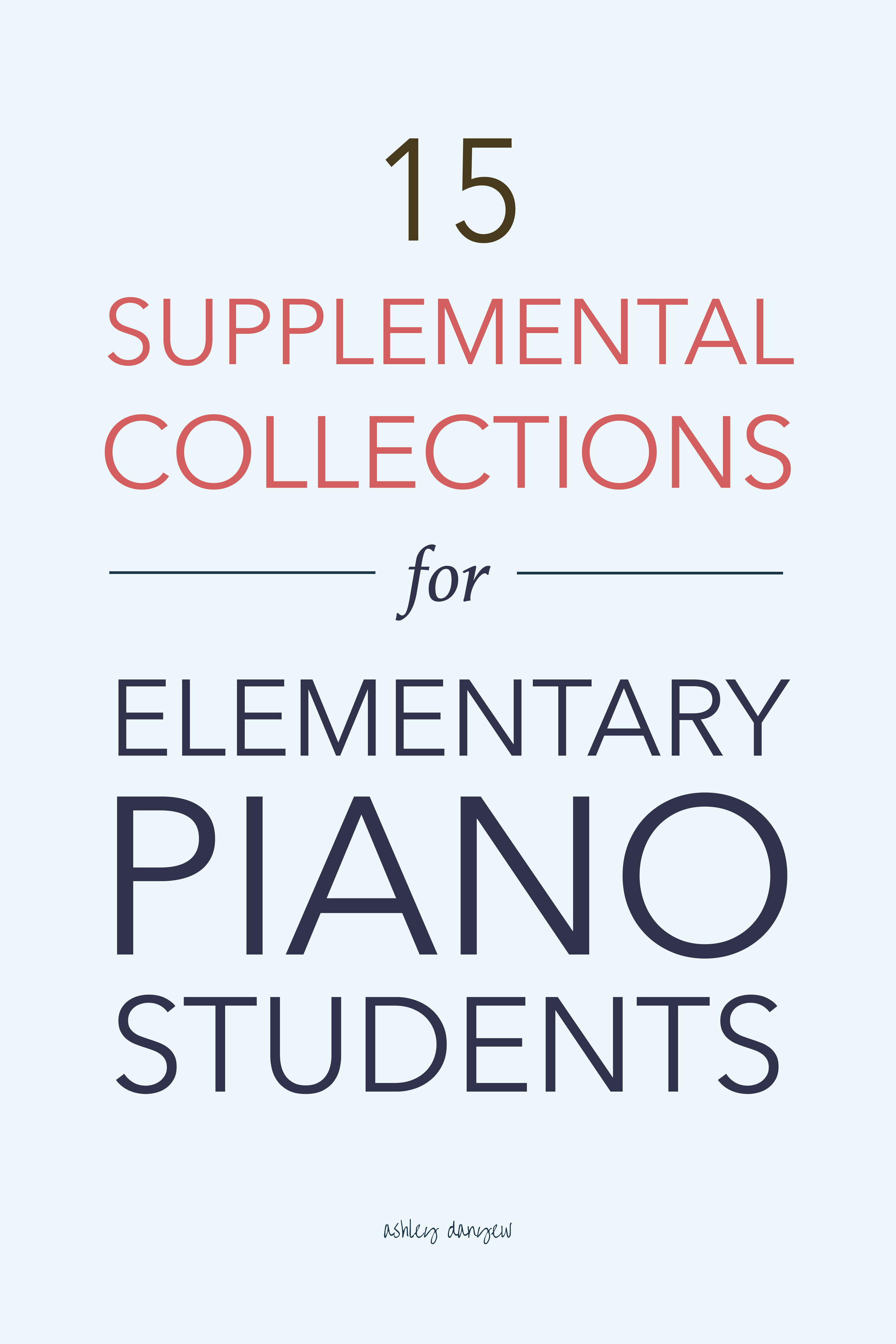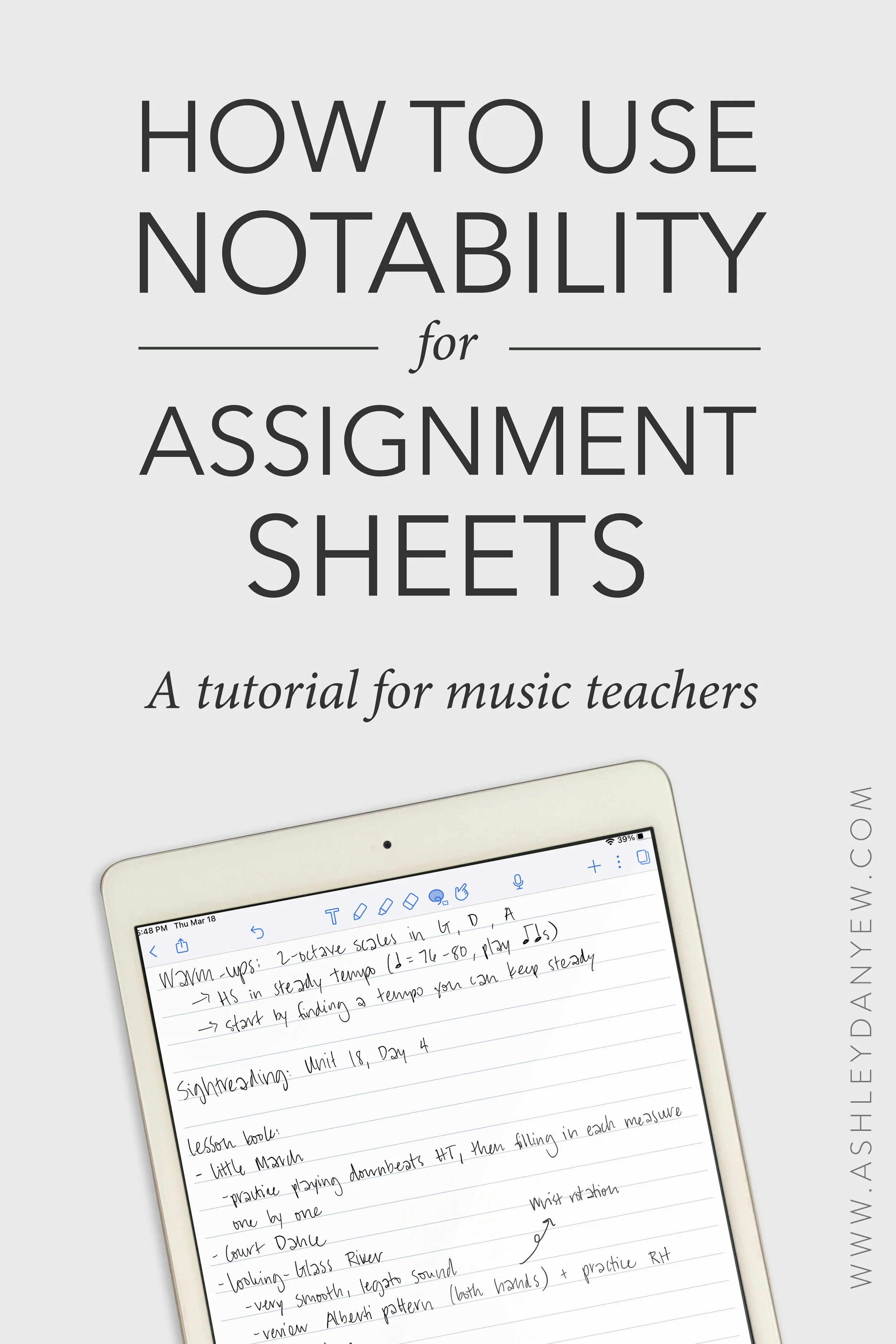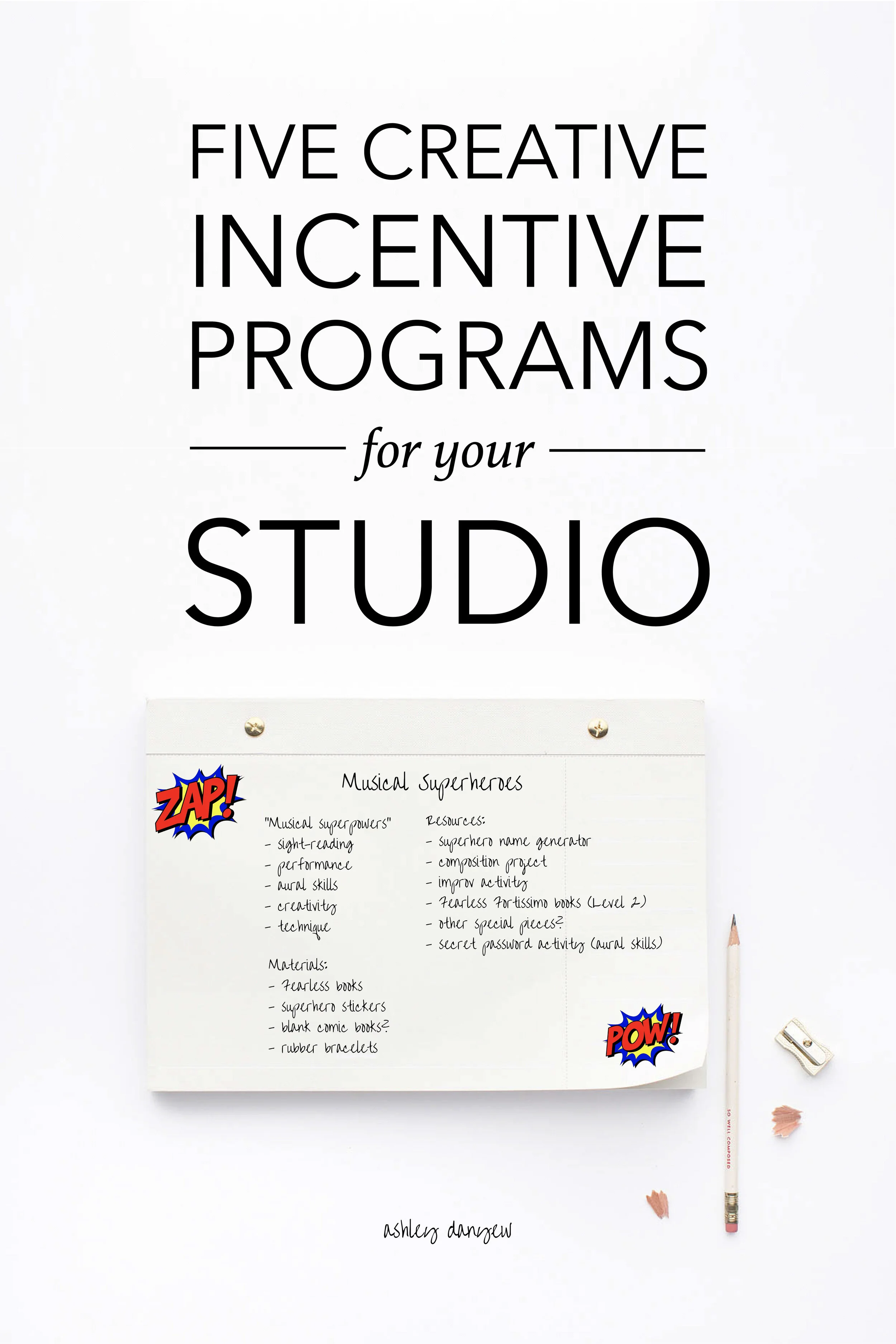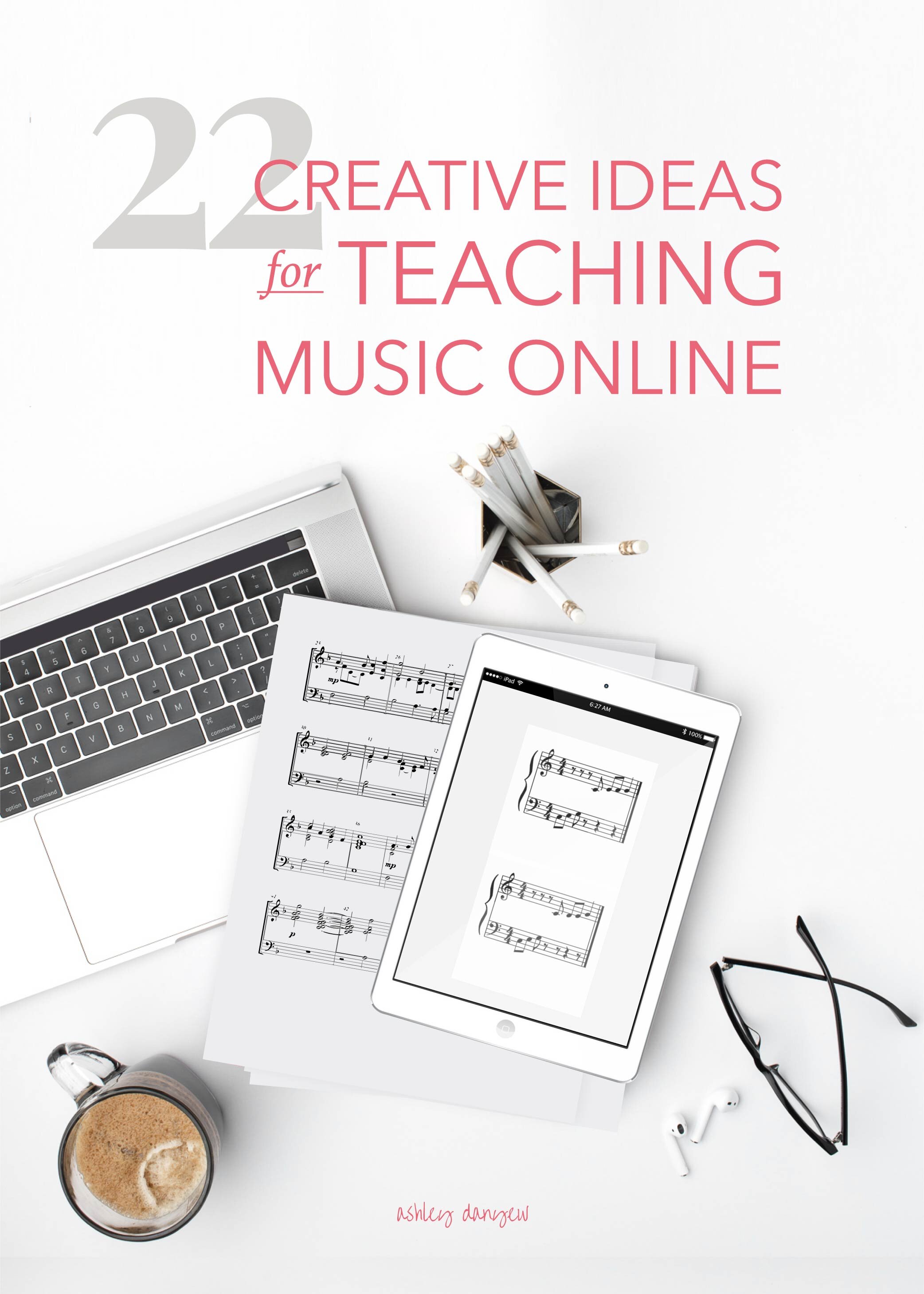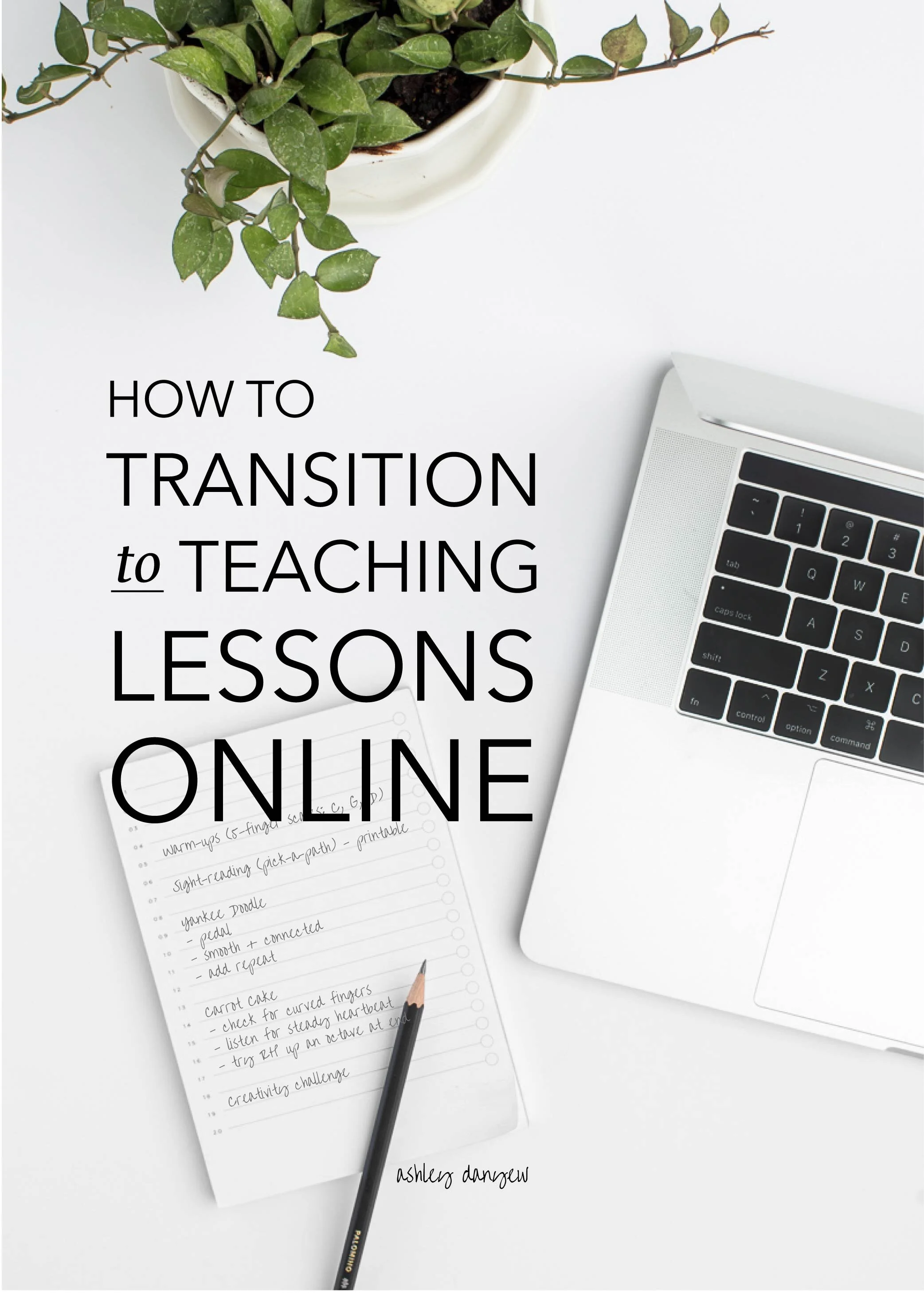It's been a while since I've written anything about private teaching here. This is a big part of what I do during the week, even though I don't talk about it much here, and I know many of you teach privately, as well, in addition to the other things you do.
I teach private lessons four days a week at a private school as part of their extracurricular and after-school programming. At the beginning of this year, I shared eight ways to continue developing your teaching skills this year.
I also did a few Facebook Lives on this topic:
Goal-Setting + What Kind of Teacher Do You Want to Become This Year?
5 Ways to Continue Developing Your Teaching Skills This Year
When I set goals for myself as a teacher at the beginning of this year, I wrote down the following:
I want to be more intentional with my time, but also adaptable.
I want to be someone who inspires creativity and musical excellence; I want to help my students learn to balance those two things.
I want to be a better listener: listening to music more critically and with greater awareness and listening to my students more intently.
We're nine months into the year now, and I hope I've evolved at least a little bit as a teacher. 😉 The start of a new school year is a great opportunity to reset, refocus, and try a few new things, so in that spirit, here are three things I'm doing differently in my studio this year:
Three Things I’m Doing Differently in My Piano Studio This Year
*Disclosure: I get commissions for purchases made through links in this post.
No. 1 - Monthly Studio Classes
Researchers have shown that there are numerous benefits from group learning. This is something we often miss when teaching privately, so I experimented with studio classes last year - one in the fall and one in the spring.
They were a big hit.
My students loved coming out on a Thursday night, sharing a piece they've been working on, listening to others play (and sharing a compliment and an observation afterward), and participating in a few musical games and activities.
We played musical charades using the Decide Now app, Compose, Yourself!, and a scavenger hunt and creativity project using musical patterns.
I received emails from their parents afterward saying their child couldn't stop talking about it and had a sudden renewed vigor for practicing.
One parent even said, "If you ever decide to do a monthly studio class... I would definitely pay for it."
So this year, we're doing monthly studio classes on Fridays, after school. Each class will be 45 minutes in length—enough time to have everyone perform a given piece, and then participate in a listening game or creative musicianship activity. I love that this will provide valuable performance experience, as well as an opportunity to engage in group learning.
No. 2 - Study Units
I watched a webinar with Marvin Blickenstaff of the New School for Music Study last week and he shared his approach for planning curriculum and repertoire for his intermediate students: study units.
Each study unit lasts about eight weeks and includes five components:
technique exercises + etude
repertoire from all four style periods: Baroque, Classical, Romantic, and Contemporary
sight-reading + aural skills exercises
theory work
creative projects + research assignments
I love the structure this provides for students who have recently moved out of their lesson books and that it provides an opportunity to study and learn about music through repertoire and actual playing experience.
For my intermediate students this year, I'm starting with a focus on Baroque style, including technique exercises, etudes, aural skills exercises, theory work, a composition project, and related research that all inform their understanding of music from that period.
Repertoire assignments for each study unit will also include one “YOYO piece,” as Marvin Blickenstaff calls them (YOYO = You’re On Your Own). Students will be asked to prepare and learn these pieces on their own during the 8-week period, with no help from me, their parents, friends, or other music teachers. YOYO pieces are one level below the student’s current playing level.
Here's an example of what my study units look like for my Level 4 and Level 5* students:
LEVEL 4 - Study Unit, No. 1
Technique:
Etude: Gavotte II (ou la Musette) from English Suite No. 3 in G Minor
(J.S. Bach)
Repertoire:
Baroque: Minuet in G Major from Anna Magdalena Notebook,
Anh 116 (attr. J.S. Bach)Classical: Country Dance in D Major (Hob. XXXIC:17b) (Haydn)
Romantic: Little Flower in F Major, Op. 205, No. 8 (Gurlitt)
Contemporary: Hummingbird (Robertson)
YOYO: The Calm - duet (Eklund)
Reading + Ear-Training:
Playbacks
Intervals
Theory:
pedal point (ex. Gavotte II)
tonicizing the dominant (ex. Little Flower)
Creativity & Research:
Composer: J.S. Bach
reading and listening assignments
Create your own piece, in the style of Bach’s Gavotte 2
LEVEL 5 - Study Unit, No. 1
Technique:
Impulses (ex. Hummingbird)
Etude: Little Prelude in C, BWV 939 (J.S. Bach)
Repertoire:
Baroque: Prelude in C (J.S. Bach)
Classical: 12 German Dances, WoO 13, No. 1 (Beethoven)
Romantic: Dedication, Op. 1, No. 1 (Enrique Granados)
Contemporary: For the Beauty of the Earth with Jesu, Joy of Man’s
Desiring (arr. Eklund)YOYO: Hummingbird (Robertson)
Reading + Ear-Training:
Playbacks
Intervals
Theory:
chord inversions (ex. Prelude in C)
harmonic progressions
Creativity & Research:
Composer: J.S. Bach
reading and listening assignments
Create your own prelude based on broken chord patterns, in the style
of Bach’s Prelude in C
*based on the Music Development Program levels
In the winter months, we'll focus on the Classical period, then Romantic, and finally, a unit on Contemporary and Modern music at the end of the school year.
At the last lesson of each study unit, we’ll do an assessment, including the etude, repertoire assignments (including the YOYO piece), sight-reading, theory, a summary of the research and listening projects they did, and a presentation of their creative project.
No. 3 - A More Creative Approach to Technique
Keyboard technique is so important, especially for young students who are just starting out. "Curve your fingers," "Keep your wrist flat," "Lead with your elbow," are things I say (and write in student assignment notebooks) on a weekly basis.
I begin every assignment sheet with warm-ups or technique exercises because I know it's important. And yet... it's hard to convince students that these are things worth practicing. The struggle is real. Tell me I'm not the only one who has to fight this battle.
This year, I'm planning to incorporate more variety in the technique exercises I assign: pulling from a few books I have in my library (Musical Fingers, Keyboard Technic, and Hanon); adding in scales, cross-hand arpeggios, and chords; and assigning short etudes and studies, where appropriate.
For my intermediate students, these technique exercises will tie in directly with our study unit, informing their understanding of a particular style and period of music and connecting with some of their repertoire assignments.
For my younger students, I plan to use a few more musical exercises, like those included in the Music Tree series, and use the Decide Now app to make choosing keys to review in lessons a little more fun and exciting.
I also intend to create more technique exercises that tie in directly with pieces they are working on or pieces they are about to start, to help prepare them for patterns and concepts that may be new or unfamiliar to them and may pose a challenge.
So, there you go. Three things I’m doing differently in my studio this year.
I’d love to hear from you: What are you doing differently or trying for the first time this year?



